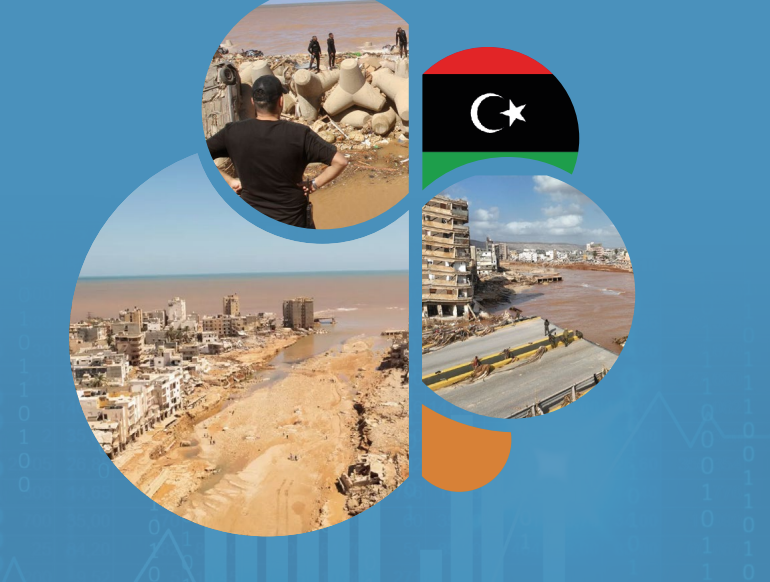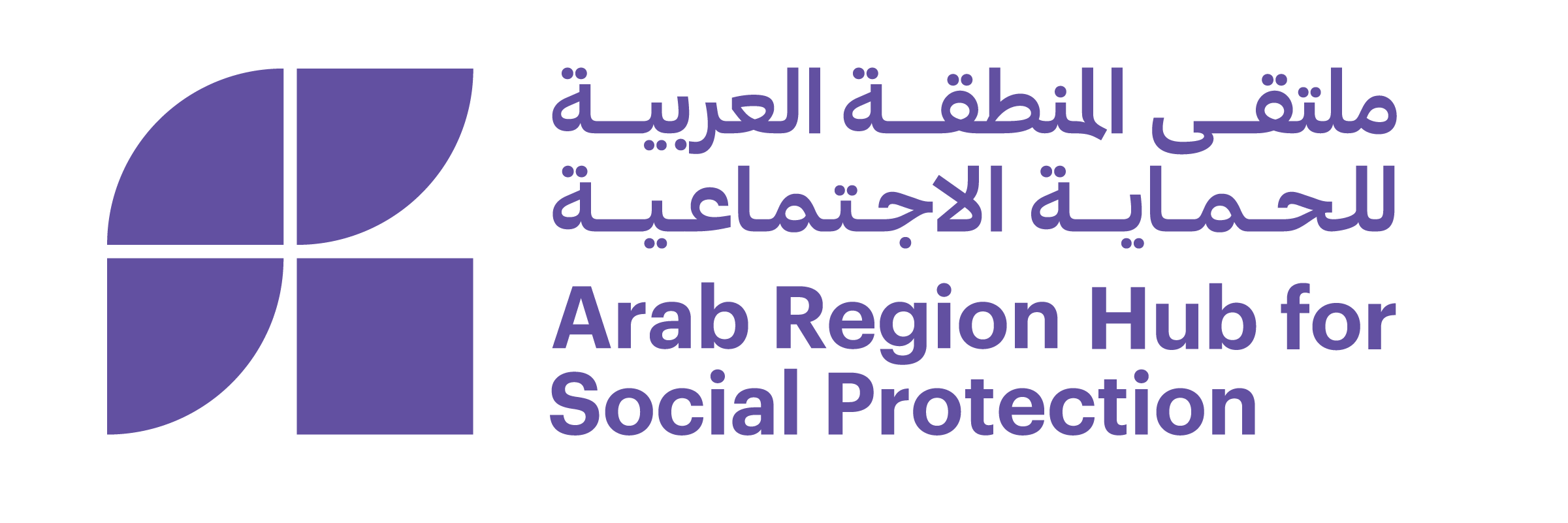
Libya’s medium-term growth and development challenges are major and pressing. Key among these is to accelerate and stabilize growth: GDP per capita shrank by 54 percent between 2010 and 2022. Furthermore, Libya’s economy was among the most volatile during the past decade due to the conflict, instability, fragmentation, oil export blockades, and weak economic policies. Another challenge is to diversify the economy to make growth more job-rich, more inclusive to women and youth and less intensive in carbon. This could be achieved by strengthening human capital and rebuilding infrastructure. Building a wide, transparent, and effective cash transfer system could bea transformational approach to reform public finances and the public sector and rebuild trust between citizens and the state. Partly linked to the above is the challenge to address the transparency and equitable sharing of oil resources, including to address regional disparities to reduce risks of conflict and fragility in the interest of building a lasting peace. Lastly, the overall institutional and economic policy framework and capacity need to be strengthened to undertake such major transformation.
To read the full article: click here
Disclaimer: Except for articles published on Blog Tadamon and the content of the resource pages, all materials on this website, including their respective photographs, are indexed from their original sources. All rights remain with the respective copyright holders.

Comments are closed, but trackbacks and pingbacks are open.